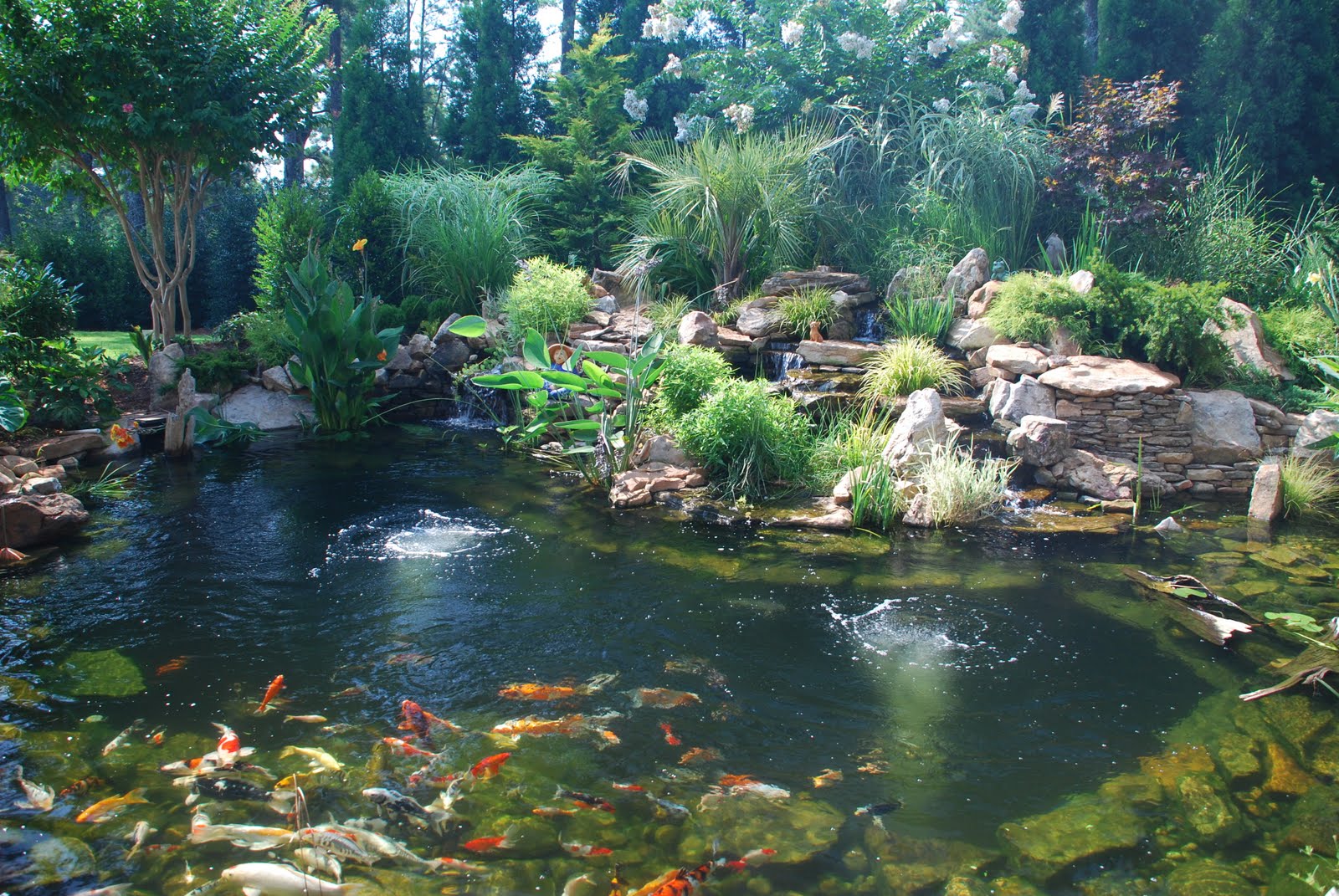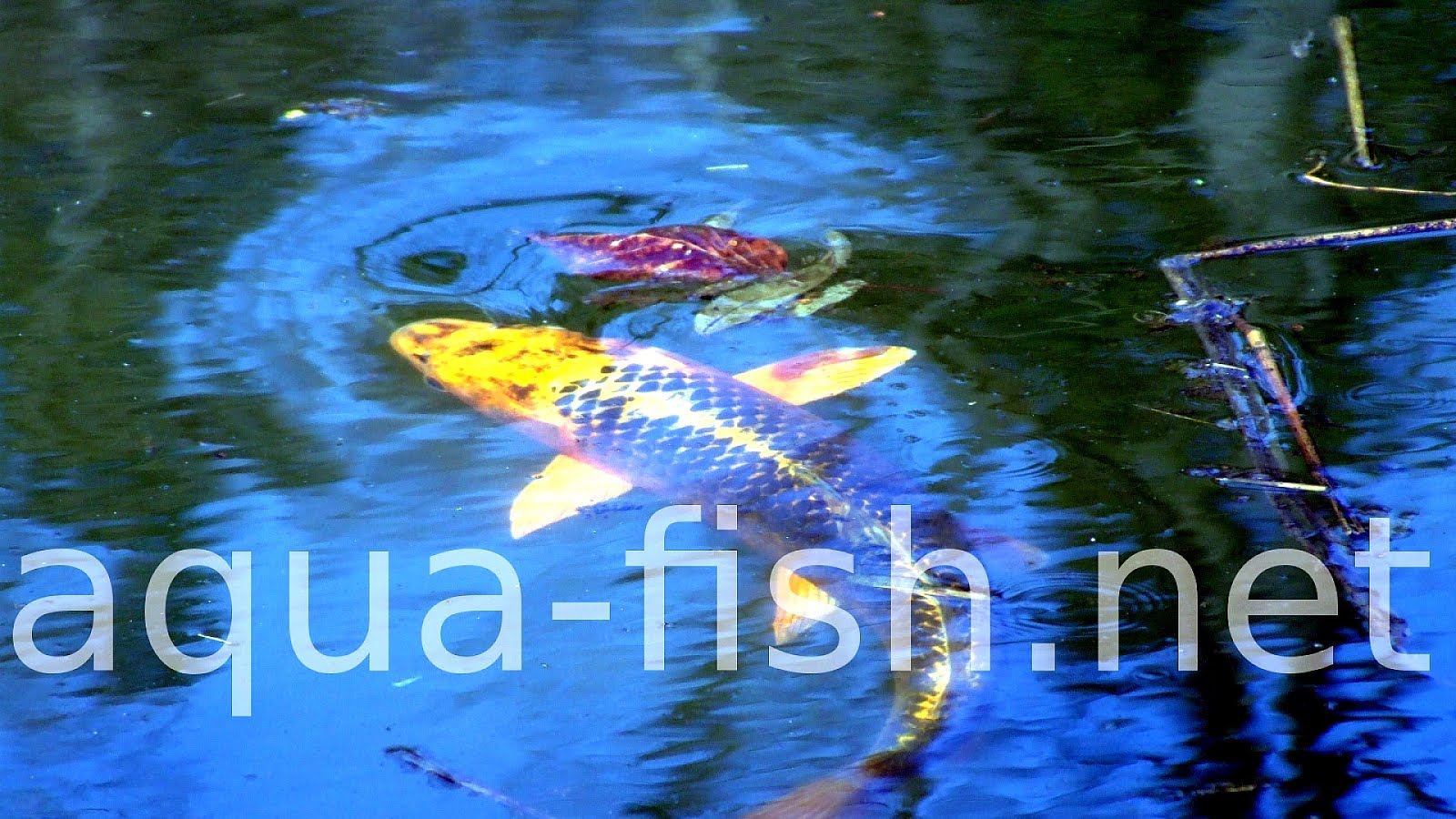
10 Essential Tips on How to be Self-Sufficient with your Koi Pond
Creating a Self-Sufficient Koi Pond
Koi ponds can be a beautiful addition to any garden or backyard, but they also require a lot of maintenance and upkeep. However, with the right setup and a few essential tips, you can create a self-sufficient koi pond that requires minimal effort and provides a healthy and happy home for your fish.
1. Choose the Right Size and Location
The first step is to choose the right size and location for your koi pond. Koi need plenty of room to swim and flourish, so a pond that is too small can lead to overcrowding and stress. The location should also be away from trees or other foliage that can drop leaves into the pond and create excess debris.
2. Set Up a Proper Filtration System
A proper filtration system is essential for a self-sufficient koi pond. There are several types of filtration systems available, but a biological filter is the most common and effective. It uses beneficial bacteria to break down fish waste and other organic matter, helping to maintain a healthy pond environment.

3. Use Natural Plant Life
In addition to a filtration system, natural plant life can also help to maintain a self-sufficient koi pond. Plants like water lilies and lotus can provide shade and oxygen while also absorbing excess nutrients from the water. This helps to reduce algae growth and keep the pond clean and clear.

4. Optimize Your Pond’s Water Parameters
Koi require specific water parameters to survive and thrive, including pH, ammonia, nitrite, and nitrate levels. Monitoring and adjusting these levels as needed can help to maintain a healthy and self-sufficient pond environment.
5. Feed Your Koi Properly
Feeding your koi a balanced and nutritious diet can also help to maintain a self-sufficient pond. Overfeeding can lead to excess fish waste and nutrient buildup, which can impact water quality and pond health. Giving your koi a high-quality pellet or flake food and limiting feedings to once or twice a day can help to avoid these issues.

6. Limit Chemical Usage
Chemicals like algaecides and herbicides can be harmful to koi and other aquatic life, and can also upset the balance of a self-sufficient pond. Limiting their usage and opting for natural alternatives like barley straw or hydrogen peroxide can help to maintain a healthy and safe pond environment.

7. Balance Your Pond’s Ecosystem
A self-sufficient koi pond is a delicate ecosystem, and maintaining balance is key to ensuring its health and longevity. This means finding the right balance of fish, plants, and other pond inhabitants to create a sustainable environment that requires minimal maintenance.

8. Monitor Water Temperature
Water temperature plays a critical role in koi health and growth, and should be monitored and maintained throughout the year. In colder months, a pond heater can help to keep water temperature stable and ensure your koi stay healthy and active.

9. Keep Up with Maintenance
While a self-sufficient koi pond requires less maintenance than a traditional pond, it still needs regular upkeep. This includes tasks like weekly water testing, occasional filter cleaning, and seasonal plant trimming. Staying on top of these tasks can help to prevent issues and maintain a healthy and beautiful pond environment.
10. Embrace Natural Methods
Ultimately, the key to creating a self-sufficient koi pond is to embrace natural methods that work with the pond’s ecosystem instead of against it. This means relying on natural filtration, plant life, and appropriate stocking levels to create a balanced and sustainable environment. With a little patience and dedication, you can create a stunning and self-sustaining koi pond that requires minimal effort and provides years of enjoyment.
